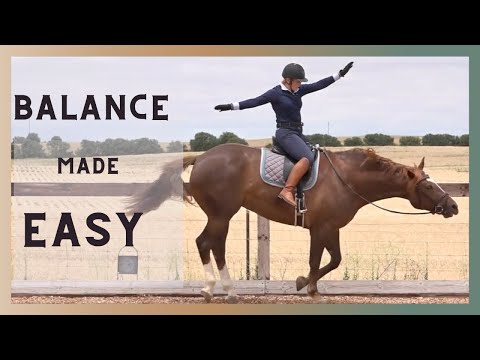Imagine yourself, an advanced beginner rider, effortlessly mounting and dismounting your horse and riding independently at a walk, perfectly trotting the shapes of the ring while maintaining rhythm. The beauty of horseback riding lies in balance, a basic yet integral skill, ensuring that your center of gravity is directly over that of your horse. You’re not clutching the reins as lifelines, nor are you gripping the horse with your legs. Balance is what keeps you securely on the mount, lending you the confidence and readiness to canter! Now, consider the thrill of leveling up your riding skills with advanced roping techniques. “Mastering Balance: Advanced Roping Techniques for Horseback Riders” helps unfold the precise art of incorporating balance into your roping strategies, paving your way towards excellence in this graceful sport.
The Importance of Balance in Riding
Understanding the Role of Balance
Balance is crucial in horseback riding, regardless of your level or discipline. It’s more than just staying on the saddle—it’s about harmonizing with your horse’s movements smoothly and confidently. As an essential skill, it helps to improve your performance, safety, and enjoyment.
Effects of Imbalance
An imbalance affects not only the rider but also the horse. A rider’s imbalance can disturb the horse’s balance, causing strain on their physique and possibly leading to an injury. For the rider, it can lead to unstable position, discomfort while riding, and even accidents. Moreover, it affects the overall performance and progress of both partners.
The Equilibrium Between Rider and Horse
Achieving the equilibrium between you and your horse is extremely important. This balance paves the way for optimal communication, where the horse moves in response to the most subtle signals from the rider, leading to a more efficient and graceful performance.
Basic Principles of Balance
Center of Gravity
Your center of gravity plays a key role in maintaining balance. Whether you are sitting, trotting, or cantering, your center of gravity should be directly over that of the horse. This position allows you to move in harmony with your horse, thereby ensuring balance and stability.
Balance in Different Gaits
Balance varies depending on the horse’s gaits—walk, trot, or canter. Each gait requires you to adjust your posture or techniques to maintain balance. For example, the trot requires a good grip of the saddle with the thighs and a slight forward tilt from the hips, while the canter may need a more upright position.
Posture and Alignment
Posture and alignment have a significant impact on your balance. You should focus on maintaining a straight, aligned posture with relaxed shoulders, a firm core, and a straight line connecting your ear, shoulder, hip, and heel.
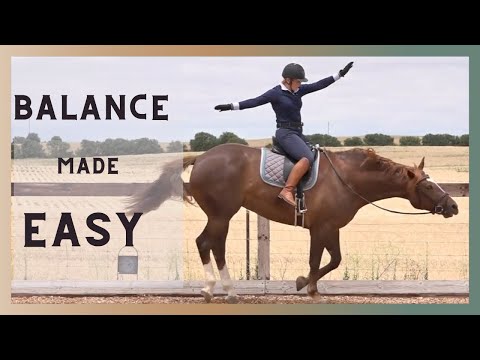
This image is property of i.ytimg.com.
Achieving Balance: The Three Key Elements
Core Strength
Your core strength is the foundation of good balance. A strong core helps stabilize your body, enabling you to handle the horse’s movements without losing your center. Regular exercises focusing on your core can significantly improve your balance over time.
Flexibility and Mobility
Flexibility and mobility aid in achieving a relaxed and fluid movement on the horse. The more flexible and mobile you are, the easier it is for your body to adapt to the horse’s physical movements and rebounds, ultimately enhancing your balance.
Kinesthetic Awareness
Kinesthetic awareness, or the ability to sense your body’s position, motions, and equilibrium, is another key element of balance. By developing this awareness, you can intuitively adjust your body positioning as needed to maintain balance while riding.
Maintaining Balance While Roping
Posture During Roping
The right posture during roping can greatly impact your balance. Keep your body centered and aligned with the horse, maintain the right tension in your muscles, and avoid leaning too far back or forward as this can throw off your balance.
Hand and Arm Positioning
the way you position your hands and arms can also influence your balance. For example, extending one arm too far forward or backward can cause you to lean or sway, thereby disrupting your balance. To prevent this, keep your hands and arms in position that ensures alignment and balance.
Choosing the Right Equipment for Balance
Your equipment—such as the saddle, stirrups, reins, lasso—plays a crucial role in maintaining balance. Ensure that they fit both you and the horse correctly. When roping, consider a rope with the appropriate weight, balance, and length that matches your skill level and needs.
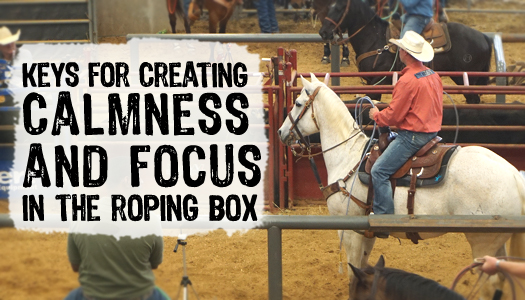
This image is property of www.craigsmithteamroping.com.
Advanced Roping Techniques and Balance
Roping on the Move
Roping while maintaining balance on the move requires precision and practice. You need to master proper hand and arm positioning, lasso swing, and release timing without compromising your balance. Keep your motions fluid and aligned with the horse’s movements to maintain balance.
Quick Catch Techniques
Quick catch techniques demand spontaneous actions, challenging your balance. Practicing these techniques can help condition your body to respond swiftly without losing balance, even when executing high-speed roping.
Maintaining Balance During Swing and Release
The swing and release stage is crucial in roping and needs utmost balance management. Ensure a smooth release without upsetting your center of gravity by maintaining proper posture and core engagement.
Balance Exercises for Ropers
Off-Horse Exercises
Exercises like yoga, Pilates, and balance board drills can enhance your core strength, flexibility, and kinesthetic awareness off the horse. Incorporating these in your routine can support your balance development.
Balance Training in the Saddle
There are also plenty of exercises you can do while mounted. They range from simple exercises, such as riding without stirrups, to more complex ones like equine yoga movements. These help you gain better control over your body and enhance your balance.
Incorporating Roping Movements Into Balance Training
To specialize your balance for roping, try to integrate some roping movements into your balance training. Practice swinging a lasso while maintaining stability on a balance board, for instance. This can condition your body to better manage balance during real roping sessions.
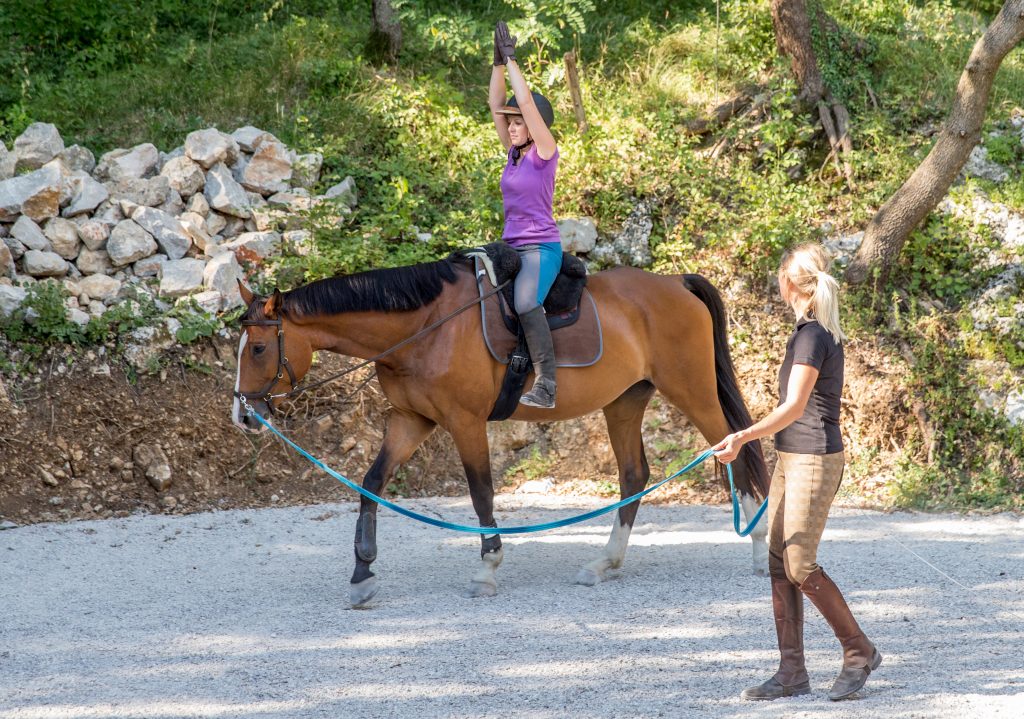
This image is property of horseridingnetwork.com.
Overcoming Common Challenges in Balance and Roping
Addressing Roping-related Imbalances
Unilateral activities like roping can create body imbalances. To address this, engage in exercises that promote equal strength, flexibility, and mobility on both sides of your body. This can help rebalance your body and improve overall stability.
Dealing With Common Obstacles to Balance
Obstacles like uneven terrain or wind resistance can challenge your balance. Regular balance drills and mindful riding can increase your ability to adjust and maintain balance during such situations.
Injury Prevention and Recovery
Balanced riders are less likely to sustain injuries, but in case you do, maintaining balance during the recovery phase is critical. Gentle balance exercises can support healing by building strength without causing undue strain on your body.
Best Practices to Improve Balance for Horseback Riders
Regular Exercise
Regular exercise focusing on core strength, flexibility and mobility, as well as balance is key to improving and maintaining good balance. Just like any other skill, balance improves with practice.
Proper Nutrition
Fueling your body with the right nutrients contributes to your overall health, energy, strength, and performance, which in turn impacts your balance. So, maintain a healthy, balanced diet — it’s part of your journey to better balance.
Rest and Recovery
Allowing your body to rest and recover is just as crucial as physical training. Rest days help prevent overuse injuries, aid muscle recovery, restore energy, and promote bodily functions – contributing to better balance.
Mental Preparation
Balance is not just a physical ability — it also involves your mental and emotional state. Anxiety or lack of focus can disrupt your balance. Thus, mental preparation is necessary for effective training and maintaining balance when faced with challenges during riding or roping.
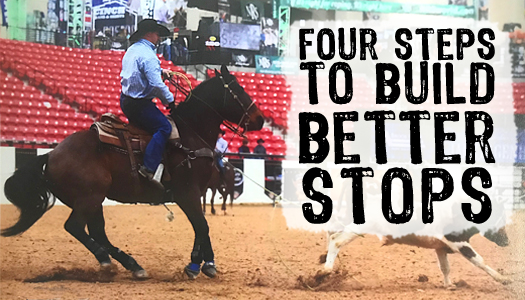
This image is property of www.craigsmithteamroping.com.
Role of Instructors in Teaching Balance and Advanced Roping
Assessing Rider Balance
To effectively teach advanced roping techniques, instructors need to assess a rider’s balance initially. This assessment helps identify strengths and weaknesses, which can be the foundation for a personalized training program.
Providing Personalized Coaching
With the assessment results, instructors can tailor their coaching according to a rider’s specific needs. They can guide you through effective techniques and exercises that enhance your balance and tying skills, while addressing any identified imbalances.
Seeking Continuous Rider Improvement
A commitment to constant improvement is necessary for mastering balance and advanced roping techniques. Instructors will not only guide you in becoming better but also constantly challenge you, helping you continuously grow and refine your skills.
Case Studies: Balance and Roping Techniques in Action
Case Study: Roping Champions
Every roping champion shares one common trait: impeccable balance. By practicing and perfecting balance, these athletes have been able to perform complex roping techniques with ease and grace, showcasing how mastering balance can propel riders to a championship level.
Case Study: Balance Training in Equestrian Schools
Top-notch equestrian schools incorporate balance training in their teaching curriculum — and for good reason. By regularly engaging in balance exercises and drills both on and off the horse, their students have shown remarkable improvements in their riding skills and performance, validating the importance of balance training.
Case Study: How Balance Led to Improved Performance
In real riding scenarios, it’s clear how riders who worked consciously on improving their balance have seen substantial progress in their riding and roping performance. Through mindful practice and consistent training, these riders have thus not only enhanced their balance but also their overall riding skills and enjoyment.
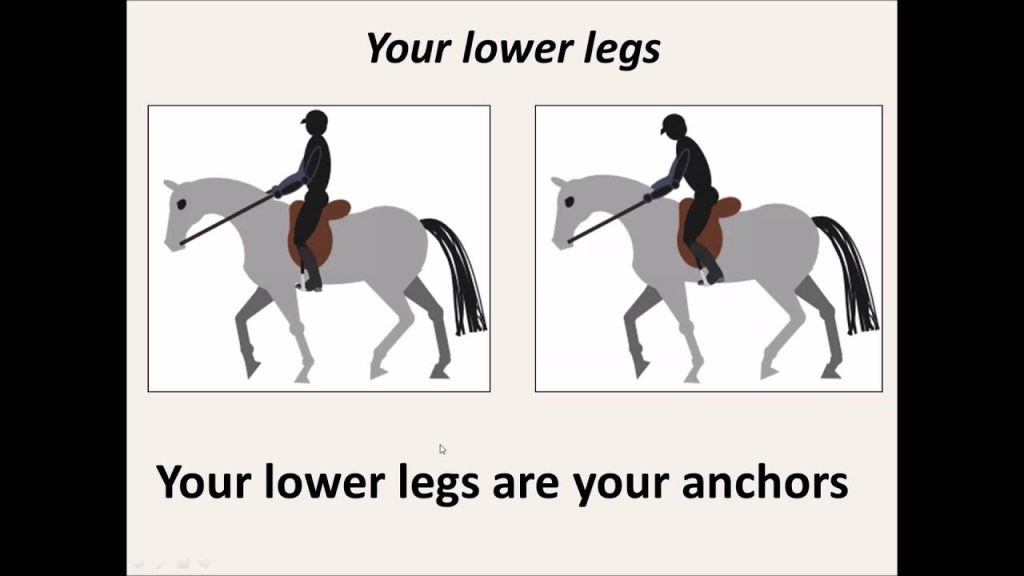
This image is property of i.ytimg.com.
